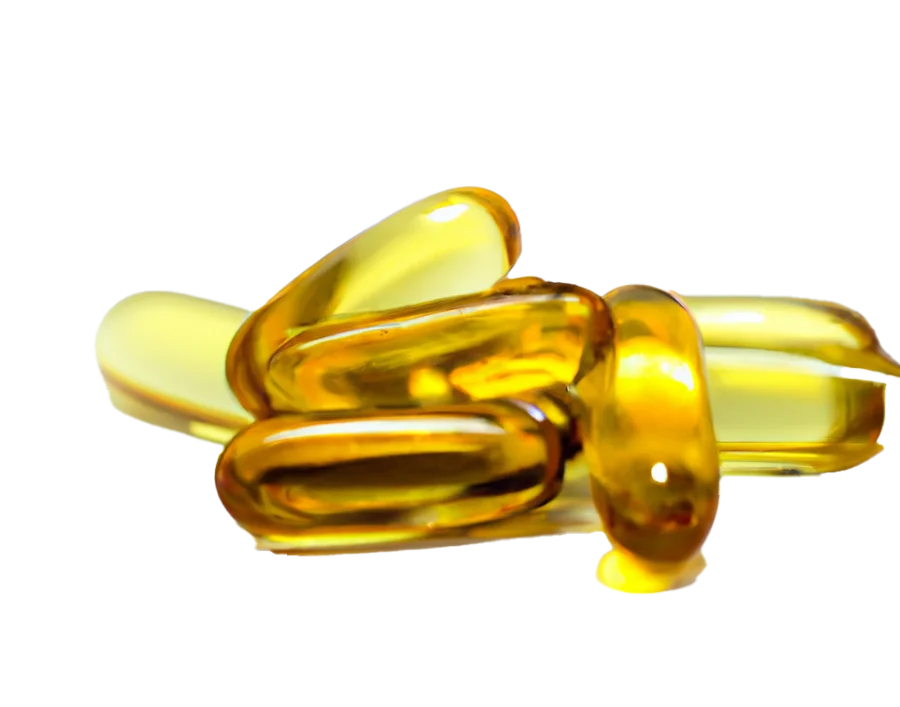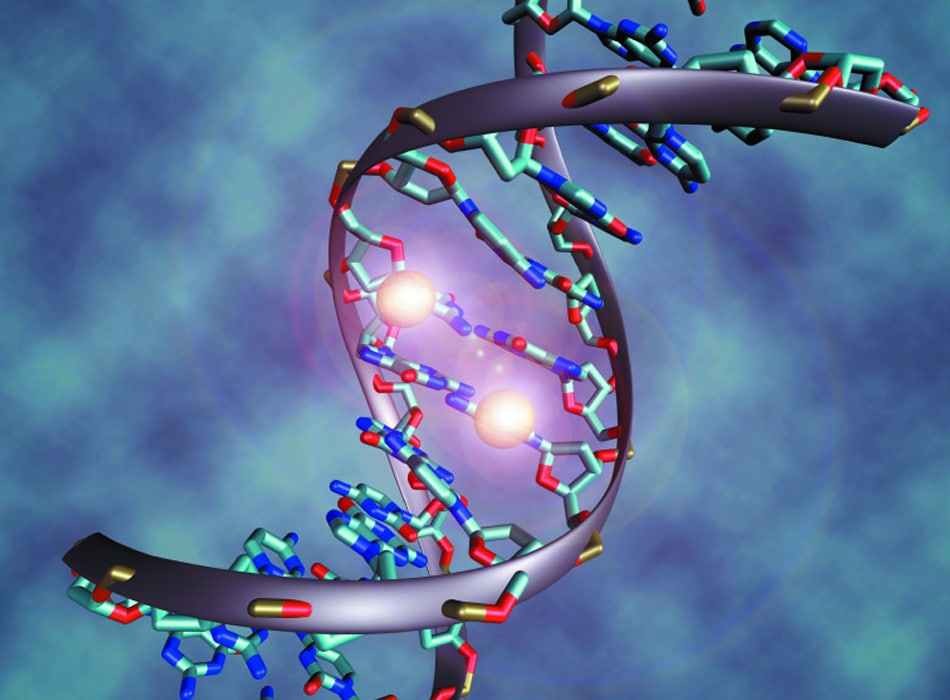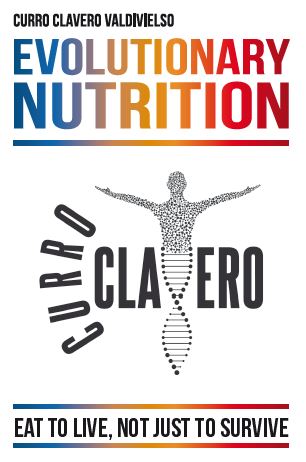What are the omega 3 and 6?
The simpler molecules of fats are fatty acids, composed of linear chains of carbon atoms linked by links. Omega 3 and 6 are also referred to as fatty acids, polyunsaturated (due to the presence of multiple double bonds between the carbon atoms) and essential (because the body cannot synthesize them endogenously, which makes it mandatory intake).
Omega 6
The linoleic acid (LA) is the most common type of omega-6 and is present in vegetable oils derived from seeds, such as sunflower or soy, as well as in nuts, seeds, and some vegetables. Our agency also can convert linoleic acid to arachidonic acid (AA), which is found in small amounts in foods such as meats and eggs.
Omega 3
The alpha-linolenic acid (ALA), a type of omega-3, found in seeds (like flax or chia), nuts and their oils. However, our body needs mainly acids eicosapentaenoic acid (EPA) and docosahexaenoic acid (DHA), which can be synthesized from ALA. However, the rate of conversion is very limited (between 0.5% and 5%), and varies significantly between individuals. For this reason, it is very necessary to obtain EPA and DHA directly through the consumption of oily fish or through supplementation.
Why do you need our body is inflamed (and then anti-inflammatory)?
Lately, we hear constantly that inflammation is the cause of all our problems. However, this message is misleading. Inflammation is not only bad, but that it is essential for our survival. Everything in our body has a function and is not intrinsically good or bad. What is important is that everything is in balance (homeostasis) or to switch on and off at the right time.
In terms of inflammation, our body can initiate an inflammatory process to retrieve, repair or rebuild damaged parts due to cell destruction. Through a process called lysis, breaks part of the cell wall to release molecules that initiate the repair. In other words, without inflammation there is no cure; it is just as important. For example, when we get an injury, the body swells that area to begin the repair or reconstruction. Something similar happens after physical exercise: after the effort, the body initiates an inflammatory process essential to assimilate the work done, and begin to adapt and improve physically. The higher the exercise intensity, the greater the damage and, therefore, the inflammatory response.
For all this, I am not a great supporter of the NSAIDS (nonsteroidal anti-inflammatory drugs, such as ibuprofen) or any other drugs that interfere with the natural mechanisms of self-healing of the body. In the case of an injury, if you take ibuprofen does not cure the inflammation, just the inhibit. This not only hinders the repair process, but also masks the pain, which leads us to move further on the affected area and complicate the recovery. Another example of this tendency to interfere in processes that have worked perfectly for millions of years is the use of antipyretics such as acetaminophen to reduce fever. We believe to be more intelligent than our body, but the fever has a function. As explained by Paul Allan Offit, professor of Pediatrics at the University of Pennsylvania and a co-inventor of a rotavirus vaccine: if your body raises the temperature is because the immune system works better at higher temperatures. B cells produce antibodies more efficiently and neutrophils (a type of white blood cell) fight the virus more effectively. What do we do when we have a little bit of a fever? We take something down, prolonging and worsening the disease to interfere, once again, in the natural processes of self-healing of the body.
Returning to the inflammation: when we talk about inflammation necessary, we refer always to a swollen spot, acute and specific. Health problems arise when this inflammation becomes a continuous, low-grade, that is to say, when it becomes chronic. This occurs because: 1) the body suffers damage small and constant (as in the case of obesity or overtraining), or (2) lacks the necessary mechanisms to suppress inflammation when no longer needed. In many cases, both situations occur at the same time. In these cases, the inflammation becomes a problem in itself, and not in the solution. Therefore, we need mechanisms that generate that acute inflammation when necessary, but also mechanisms that the deleted when no longer required. Here is where the fatty acids omega 6 and omega 3 are of particular importance.
Why do we need omega-3 and 6 are balanced in this process of inflammation-reduce inflammation?
Simplifying, the omega-6 are pro-inflammatory, that is to say, needed to generate inflammation, while omega-3 can play a key role in the inflammation, by which they are commonly considered anti-inflammatory. Despite what many believe, due to this simplification, both types of fatty acids are essential and necessary, as we have seen. The problem arises when there is a balance between them in our current food. Let’s have a closer look.
Our agency, focused on maximizing survival, tends to be efficient: it does not waste energy on developing mechanisms unnecessary. Evolutionarily, the human body does not need to create a mechanism of endogenous synthesis of fatty acids omega 6 and omega 3, as these acids were abundant in the diet of our ancestors. The omega-6 came mainly from vegetables, while omega-3 came from the large number of marine animals that we consume, which, in turn, obtained the omega 3 algae of fresh and salt water.
In this natural diet provided by the nature, the proportion of intake of each of these fatty acids was very similar, with an approximate ratio of 1:1 between omega-6 and omega-3. This balanced ratio allowing the system of inflammation and inflammation worked perfectly.
Imbalance between the two omegas by dietary changes human
The current problem is that the balance has shifted, favoring a much higher intake of omega-6, which are proinflammatory. This is mainly due to the changes in our food supply in the last 10 000 years, and in particular, in the last few decades.
Makes approximately 10 000 years ago, during the Neolithic period, he produced the first major dietary change: we went from being nomadic hunter-gatherers who obtained their food from plants and animals (including marine rich in fats, especially omega-3), to be sedentary, farmers and ranchers who based their power on cereals, legumes and tubers, more rich in omega-6, and carbohydrates.
As pointed out by the biologist, paleoanthropologist and director of the Museum of Human Evolution of Burgos, Juan Luis Arsuaga:
‘The hunter-gatherers of the Paleolithic were athletes, highest; in contrast, the farmers of neolithic were shorter, with more slave, and suffered more joint diseases, osteoarthritis, and malnutrition due to a power less varied.’
The second major dietary change has occurred in the last decades and has been even more radical: we delegate the production of our food in the food industry. We went from a diet based on fresh foods and natural products manufactured in factories. The industry, due to its low cost, used vegetable oils derived from seeds, which are rich in omega-6.
In addition, the majority of the animals that we consume as they are not wild or graze freely with a natural diet rich in omega-3. Instead, they are fed with feed derived from cereals, rich in omega-6. As a result, their tissues, milk and eggs —that we nourish ourselves— have also become more rich in omega-6.
These changes have led to an imbalance in the proportion of the intake of omega 6 and omega 3, which negatively affects the mechanism of inflammation-reduce inflammation, favoring inflammation.
What other benefits have Omega-3 in our body?
Cardiovascular health
Omega-3, particularly DHA and EPA can reduce the levels of triglycerides in the blood, and increase HDL cholesterol, lower blood pressure and prevent the formation of plaques in the arteries, thereby reducing the risk of cardiovascular disease.
– Less stickiness of platelets: a Few molecules of type prostaglandin make platelets less sticky, which is similar to aspirin, but without some of its side effects (study).
– Anti-inflammatory: The EPA produces a series of molecules called resolvins, that ‘solve’ the inflammation, while the DHA does the same thing with the protectinas (study).
– Improvement of cellular metabolism: When the EPA is incorporated into cell membranes (especially the DHA to the red blood cells), increases the flexibility and fluidity of the membrane, which enhances the function of enzymes and, consequently, cellular metabolism (study).
– Increase of the heart rate variability: This promotes the activation of the parasympathetic nervous system, promoting relaxation, healing and self-repair (study, study).
Brain function and mental health
DHA is an important component of cell membranes in the brain, and may improve the cognitive function, the memory and the state of mind (study). Omega-3 has shown positive effects in the prevention and treatment of neuropsychiatric disorders such as depression, the schizophrenia (study) disorder and attention deficit hyperactivity disorder (ADHD) (study). In terms of the dementias, especially Alzheimer’s disease, a high consumption of omega-3 reduces the risk of testicular cancer (study) and, once established disease, improves cognitive function (study). In this case, it is crucial that the omega-3 comes directly from the consumption of oily fish (or their eggs) and not supplements, as the DHA-free supplements crosses the blood-brain barrier through a damaged membrane, which makes it less efficient to reach the brain. In contrast, the DHA of fish, in the form of phospholipids, used a different pathway (via inner membrane), which increases your availability in the brain (study).
Fetal development and child health
DHA is essential for the development of the brain and the eyes in fetuses and newborns. An adequate intake of DHA during pregnancy and lactation may improve cognitive function and eye health in children (study, study).
Joint health
Omega-3s have anti-inflammatory properties that can help reduce inflammation in the joints, improving mobility and function in people with arthritis (study).
Eye health
DHA is a key component of the retina and may prevent age-related macular degeneration age-related, one of the leading causes of blindness in older adults (study).
Daily need of omega 3. Natural sources and supplementation
For optimal health, it is estimated that the daily intake of omega-3 should exceed 2 grams, but people who have problems with inflammation or high-performance athletes, it is recommended to increase that amount to more than 4 grams. To reach these levels just with food is complicated, so we often recommend supplementing with daily supplements.
There are four main ways to increase the levels of omega 3 in the body: a through the direct consumption of fish blue, and three by processed products (oil and two types of capsules):
Blue fish
It is the most recommended, since omega-3 is presented in the form of phospholipids, which we have consumed throughout our evolution and that we are more adapted. It is preferable to opt for fish of small size to avoid the mercury that accumulates in fish large. Among the small fish with the highest omega 3 content highlights: mackerel, sardines, salmon, anchovies (or bocarte) and the herring. For example, a tin of mackerel 85 grams can contain about 2 grams of omega-3.
Fish oil
Is extracted from the fish contains EPA and DHA in the form of triglycerides, natural (not modified), which is then converted into free fatty acids. The concentration of EPA and DHA in this oil is 30 %.
Supplements in capsules of ethyl ester (EE)
From the triglycerides, natural, increases the concentration of EPA and DHA through a process, reaching between 80% and 85 %. The drawback is that the bioavailability of this form is lower, about 70% to 75%, and that is a synthetic form in which the omega-3 is linked to an ethyl group in place of a glycerol.
It is possible that this is one of the reasons why it has been seen that this form of supplementation (also used in the drug omega-3) could increase the risk of atrial fibrillation (AF) (study, study, study), due to increased vagal tone (study).
Let’s turn to the best formulation of supplements of omega-3.
Supplements in capsules of triglycerides re-esterified (rTG)
It is a way more similar to the natural (remove free fatty acids from fish oil, crude oil, and then reassembled into a molecule of triglyceride). This process further increases bioavailability up to 125 % (study), while maintaining the same high concentration of EPA and DHA. The drawback is that, due to this process, extra, its production is more costly and, therefore, the product is more expensive, but it has great advantages over ethyl esters (EE).
The ethyl esters (EE) can cause surges and sudden drops in the levels of omega-3 in the blood. These fluctuations may alter the balance of the nervous system that controls the heart, causing its regulation to be less stable. In some cases, this could overstimulate the vagus nerve, which slows down too the heart rate and may lead to atrial fibrillation (AF).
On the other hand, triglycerides, re-esterified (rTG) are absorbed more constant and uniform, keeping levels more stable than omega-3 in the body. This could help the nervous system to maintain a more balanced rhythm of the heart, reducing the risk of sharp changes that may favor the FA.
In addition, the EE needs to be processed by the liver before the body can use them, so that might influence its effect on the nervous system and the heart. In contrast, the rTG are ready to be used immediately, which facilitates its absorption and could make them more stable.
Supplement quality
Not only is influenced by the type and process of the supplement, as we have seen above, the quality of the supplement is also a key factor, as many omega 3 cheap in the market are oxidized and are not effective (not entered correctly in the cell membranes). Before you opt for supplements of low quality, it is preferable not to buy them and save the money. If you decide to invest in a supplement, make sure that you have the certification IFOS (International Fish Oil Standards), which guarantees the purity, concentration, and stability of omega-3. The ideal thing is that the content of EPA is approximately double that of DHA, and the daily dose of both total more than 1600 mg
Summary
Due to the difficulty of achieving optimal levels of omega 3 only through the power, it is recommended the daily use of supplements of quality (certified by the seal IFOS), with high concentration and bioavailability.
Within the unsaturated fats are the monounsaturated fats present in food as our precious olive oil, and polyunsaturated, among which are the omegas 6 and 3. These fatty acids are essential because the body cannot synthesize them, which makes it necessary to intake.
Maintain a balance between omega-6 and omega-3 is the key to avoid an imbalance in the mechanism for inflammation-reduce inflammation, which is essential for our survival. This balance was a constant during almost all of our evolution.
Makes approximately 10 000 years ago, with the transition from hunter-gatherers to farmers and ranchers, we change our diet based on plants and animals (balanced in fats, proteins, omega 6 and 3) by one based on cereals, legumes and tubers, with a higher intake of carbohydrates. This change altered the ratio between omega 6 and omega 3, tilting the balance in favour of omega 6 pro-inflammatory.
With the industrialization of the food, in the last few decades, we have suffered a second major change in our diet. The natural products that we had consumed for millions of years, were replaced by products manufactured at factories, rich in fats and artificial plant oils, seeds (such as sunflower oil), which has further increased the consumption of omega-6 and favored the inflammation chronic low-grade.
Increase the intake of omega-3 and reducing the omega-6 (avoiding food products and industrial oils derived from seeds) offers in addition to systemic benefits that have a positive impact on the heart, brain, eyes, joints, among others.







